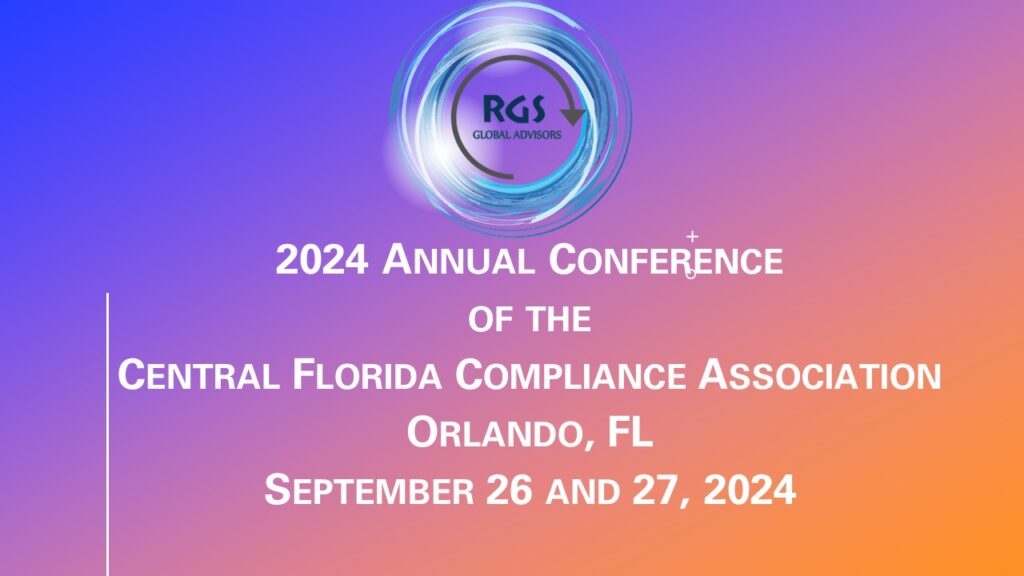Recent bank failures have been alarming for the banking industry, which is trying hard, along with regulatory agencies and the Government, to ensure continued confidence of the public in the banking system, and avoidance of any more bank failures. While it will be some time before the circumstances of the catastrophic events related to Silicon Valley Bank and Signature Bank failures are fully grasped, the macro-economic environment of rapid increases in interest rates after a long period of low rates was one of the major contributors to the event. While banks have no control over these interest rate changes, this was not the sole cause and, while the interest rate increases could not have been avoided, a robust risk management framework may have prevented the situation and helped banks better identify and mitigate the risks.
While a run on deposits of any bank may create an unmanageable liquidity crisis, and selling of bonds to meet the immediate liquidity needs may result in taking losses on bank’s books, an effective risk management process should help identify the liquidity risk and enable the Board of Directors and Senior Management to initiate prompt actions to minimize and avoid large deposit outflows and forced selling of bonds. In the era of global economic risk and related uncertainties, robust risk management becomes more important than ever, and segments of risk management processes that banks should incorporate include:
Effective Governance is essential for managing risk and ensuring the continued stability of operations. The Board of Directors and Senior Management should establish clear roles and responsibilities for managing risk and should have effective oversight mechanisms in place.
Implement comprehensive robust risk management frameworks that identifies, assesses, and manages risks associated with liquidity, credit, market, and operational aspects.
Foster a culture of risk management by embedding risk management into business strategy and operations, training employees and incentivizing risk-conscious behavior.
Enhance liquidity management and maintain sufficient liquidity buffers to withstand sudden deposit withdrawals.
Diversify sources of funding and monitor deposit concentrations by avoiding relying too heavily on single source of funding, such as large depositors, a group of depositors or short-term wholesale funding. Instead, diversify funding sources to reduce concentration risk.
Manage deposit maturities by ensuring that sufficient liquidity to meet deposit withdrawals as they come due, or take place, remembering that short-term deposits can be more volatile than longer-term deposits.
Monitor market conditions and adjust deposit rates based on the market conditions, funding needs and bank’s overall strategy. Offering competitive rates can help attract and retain depositors, but banks should be careful not to offer rates that are unsustainable in the long term.
Conduct stress testing to assess the impact of potential deposit outflows on liquidity position. This can help banks identify potential risks and develop appropriate contingency plans.
Establish crisis management plans that outline actions to be taken in the event of a deposit run. Having a documented plan can help avoid pitfalls in communications and in initiation of contingency measures for maintaining bank’s stability.
Robust Internal Controls should be implemented to mitigate operational, financial, and reputational risks.
An indication of expected risk management practices is included in the Joint Statement on Liquidity Risks to Banking Organizations Resulting from Crypto-Asset Market Vulnerabilities issued by the Federal Regulators on February 23, 2023. This Statement highlighted key liquidity risks associated with sources of funding from crypto-asset-related entities due to the unpredictability and scale of deposit inflows and outflows. The Silicon Valley Bank example illustrated that vulnerability to liquidity risk extends beyond crypto based businesses to venture capital businesses, and other business accounts that may be under financial stress. The Statement discusses risk management practices in this regard and includes some key points that should be considered by every bank.
While Risk Management is unique to each institution, however the extent of formalized and implemented risk management practices vary across the banking spectrum, from basic liquidity and interest rate risk management along with some other aspects of risk management in small banks to full blown robust risk management practices in larger banks, with some aspects of these and other operational risk management practices in some intermediary institutions. However, the crisis teaches us the importance of a robust risk management framework irrespective of the size of the institution.
Implementing a strong risk management process can help bank manage regulatory risk as well, as it is evident that the banks may be scrutinized on their risk management practices, liquidity management and concentrations in their assets and liabilities in their next regulatory examinations.
RGS Global Advisors is a leading cost-effective provider of Internal Audit, Risk Management, IT/IS/Cybersecurity and BSA/AML/OFAC Compliance Consultancy services to Financial Institutions.
For further guidance or assistance contact us at: info@RGSGlobalAdvisors.com



